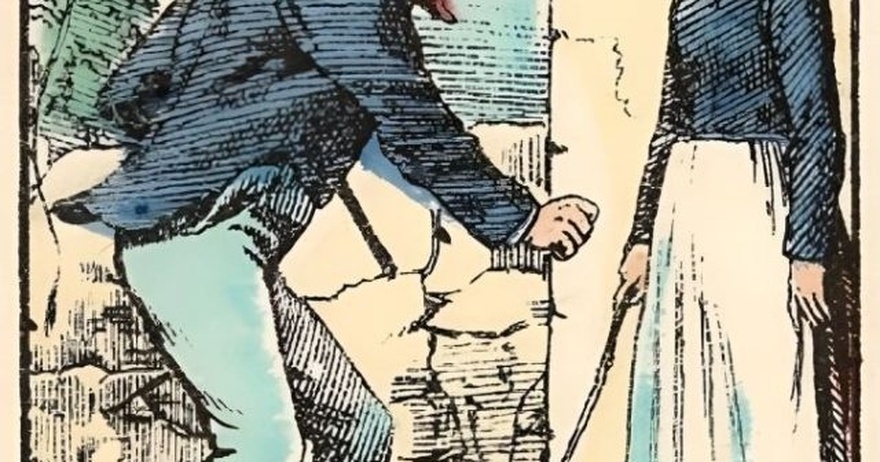As the weather warms up and you start enjoying the outdoors, it’s important to be aware of certain signs you might encounter, including a surprising one: purple fence posts. While they might seem unusual, these posts carry a clear message that all hikers, explorers, and wanderers need to understand—no trespassing.
If you see a purple fence post, it’s not just a random paint job. It’s a warning to stay away. Instead of putting up traditional “No Trespassing” signs, many property owners are now using purple paint to mark the boundaries of private land. This method is not only more durable than signs, which can fade or get damaged over time, but it also sends the same clear message.
The History Behind the Purple Paint Law
The idea of using purple paint to mark private property started in Arkansas in 1987. The state introduced the “purple paint law” to provide landowners with an easy and lasting way to indicate their property boundaries. Today, 22 states have adopted similar laws, allowing landowners to use purple paint as a no-trespassing marker.
Consistency Across States: While most states use purple paint, a few—like Idaho and Montana—use orange paint instead. Despite the difference in color, the message remains the same: the land is private, and trespassing is not allowed.
Signs Are Optional: Initially, many states required landowners to use both signs and purple paint to mark their land. Over time, however, the need for signage was removed in many areas. The paint alone is now considered sufficient in the 22 states with this law.
If you live in one of the 28 states that do not have a purple paint law, you might be unfamiliar with its meaning. But if you’re traveling through states that do, it’s crucial to understand the warning.
How to Recognize a Purple Paint Marker
To comply with the law, purple paint markings must meet specific requirements:
Height: The purple stripe should be painted 3 to 5 feet above the ground.
Size: It must be at least 8 inches long and 1 inch wide.
Distance: The markings should be no more than 100 feet apart.
These guidelines help ensure that the paint markers are visible and clear to anyone approaching the property, making it easy to understand that the area is off-limits.
Why Purple Paint Is Effective
Using purple paint as a boundary marker has several advantages:
Longevity: Paint is less likely to wear down over time compared to traditional signs, which can become weathered or damaged.
Simplicity: It’s an easy and cost-effective way for landowners to mark their property.
Clear Communication: The use of a consistent color creates a universal signal that makes it clear to anyone familiar with the law that they should not enter.
What To Do If You See a Purple Fence Post
If you spot a purple post or tree while out hiking or exploring, your best course of action is to respect the boundary and find an alternative route. Ignoring these markers could not only lead to legal trouble but also create conflicts with property owners.
Spread the Word About the Purple Paint Law
Whether you’re a frequent hiker, an outdoor enthusiast, or just someone who enjoys a walk in the woods, understanding the purple paint law is important for your safety and for respecting private property. Be sure to share this information with others to increase awareness and prevent unintended trespassing.






























